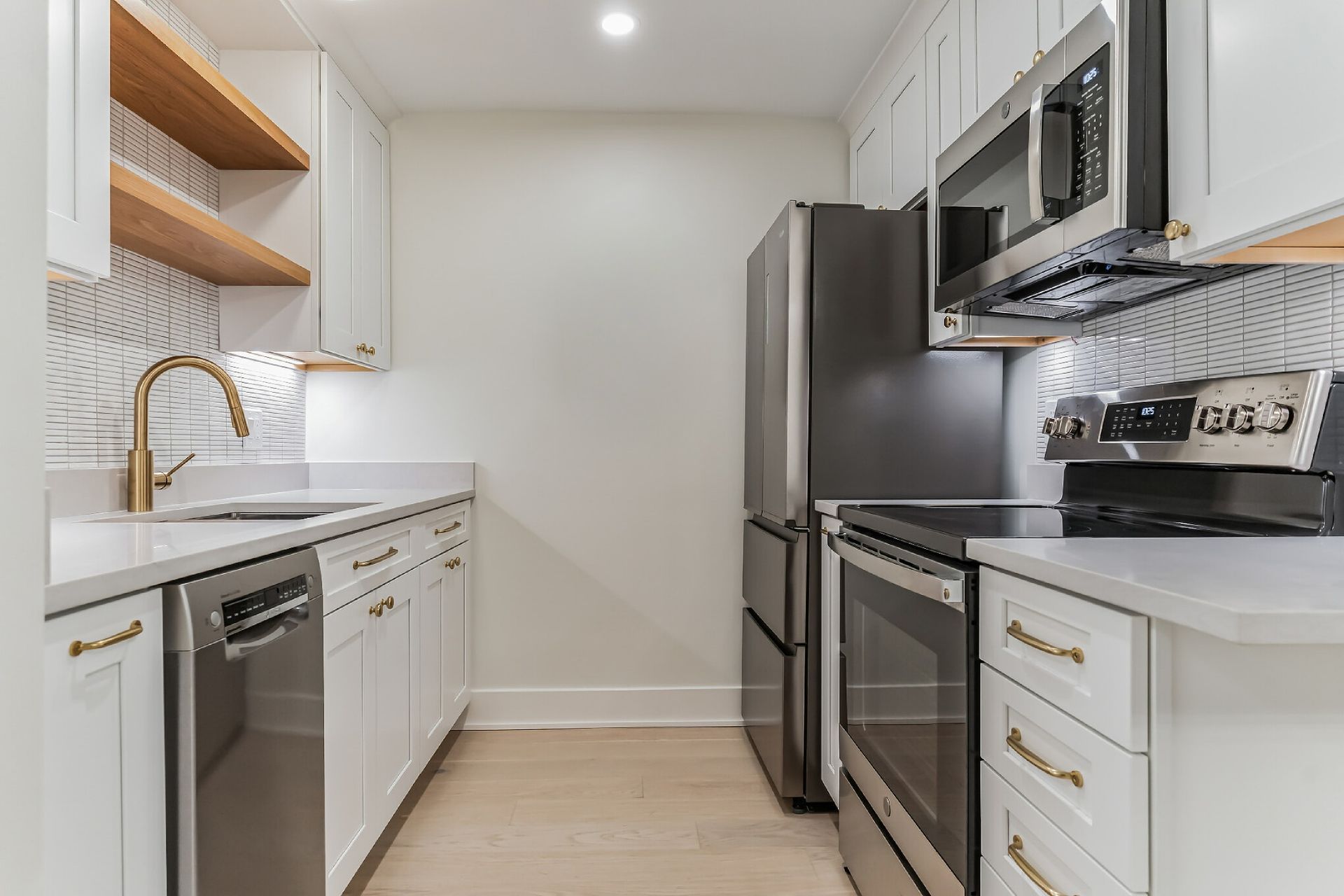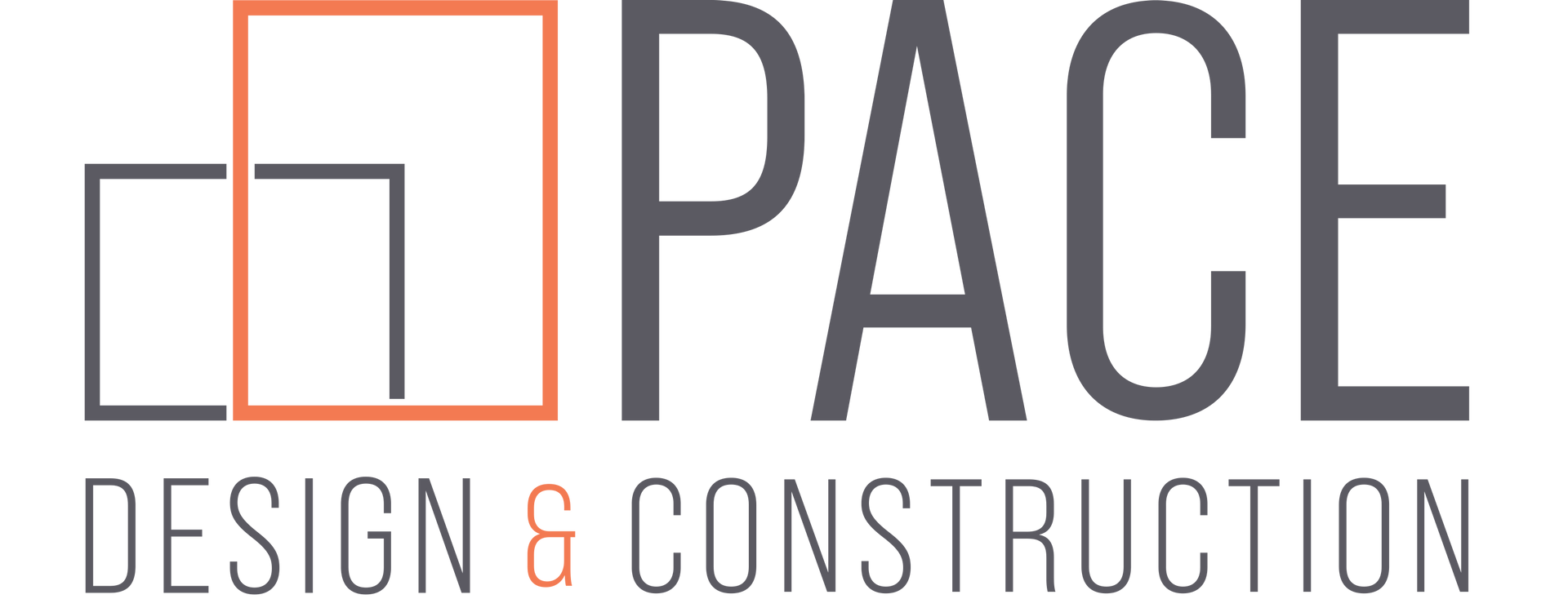Gas Stoves and Indoor Air Quality: What Every Family Should Know
Gas Stoves and Indoor Air Quality: What Every Family Should Know

In recent years, conversations about indoor air quality have moved to the forefront of home health. New research is drawing attention to the risks associated with natural gas in our homes —especially for families with children. It’s clear that now more than ever it is important to understand how everyday appliances impact the air we breathe.
At PACE, we believe a well-built home is one that not only looks beautiful but supports your long-term health and wellbeing. Here’s what the latest science says about gas stoves—and what you can do about it.
What’s the Concern with Gas Stoves?
A growing body of research shows that gas stoves can release harmful pollutants into the air, even when they’re not in use. A recent study suggests that emissions from gas stoves are linked to increased cancer risk due to the presence of known carcinogen, benzene.While the cooking flame itself may seem harmless, the invisible chemicals released during and after use can accumulate, especially in homes with poor ventilation. For young children whose developing systems are more vulnerable to environmental toxins, this exposure can be more concerning.
How Gas Appliances Affect Indoor Air Quality
Burning Natural Gas emits pollutants like:
Nitrogen dioxide (NO₂): An irritant that can exacerbate asthma and respiratory conditions.
Carbon monoxide (CO): A colorless, odorless gas that can be dangerous at high concentrations.
Benzene: Linked to blood disorders and certain cancers.
Even with a vent hood, these pollutants may linger—particularly in tightly sealed modern homes designed for energy efficiency.
What Are the Alternatives?
If you're renovating or building new, here are healthier choices worth considering:
1. Induction Cooking
Induction cooktops offer precise temperature control, energy efficiency, and most importantly—no combustion. That means no emissions, no fumes, and no fire hazards. For families with young children, induction is also safer to the touch.
2. Electric Ranges
Today’s electric ranges have come a long way in performance and design. Paired with a well-designed kitchen layout and proper ventilation, they offer a safe, reliable option for modern homes.
3. Improved Ventilation
If replacing a gas stove isn’t feasible right now, consider upgrading your ventilation. A high-powered range hood that vents outdoors (not just recirculates) can drastically reduce indoor air pollutants.
Designing with Health in Mind
At PACE, we approach every project with an eye on the whole picture—beauty, durability, function, and wellness. From low-VOC materials to HVAC systems that promote fresh air exchange, we help our clients build homes that support healthier living.
Whether you're updating your kitchen or building from the ground up, it's worth asking: Is this the healthiest choice for my family?
Let’s design a home that works for your lifestyle—and protects the people you love most.
